Six rangers and 472 feral cat traps stand between the pukunui (southern NZ dotterel) and oblivion.
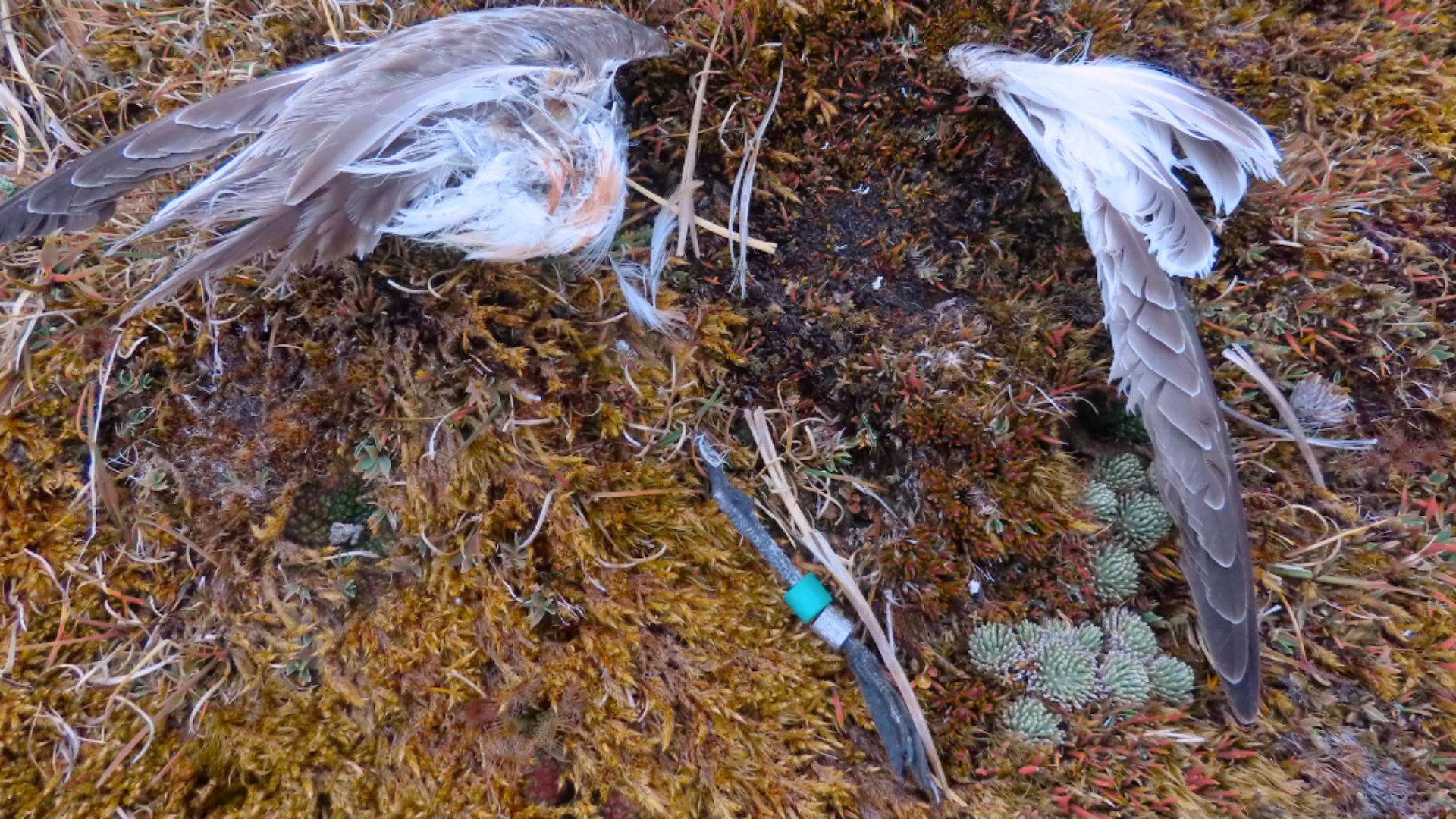
When ranger Daniel Cocker arrives to check on one of 101 pukunui trying to breed on the mountaintops of Rakiura (Stewart Island), all he finds is a pile of shredded feathers and a lone, detached banded leg – a grim glimpse of what they’re up against.
Daniel is one of six Department of Conservation rangers and a handful of volunteers who take turns spending 5-10 day trips year round looking after the southern dotterel as part of the recovery programme. Their urgent battle to save the birds is captured in the 10-minute documentary Underbirds.
“We are the last stand”
September to January is the busiest time of year for the rangers.
It’s breeding season, when pukunui migrate from the beaches and estuaries of Southland to the remote mountain tops of Rakiura.
Like a “tomato with wings”, the pukunui stand out with their red breeding plumage against the alpine scrub.
Their innocent and friendly manner and habit of nesting on open ground put them in constant peril, especially in a place teeming with feral cats.
The cats are eating their way through the southern dotterel population, killing adults, chicks and eggs.
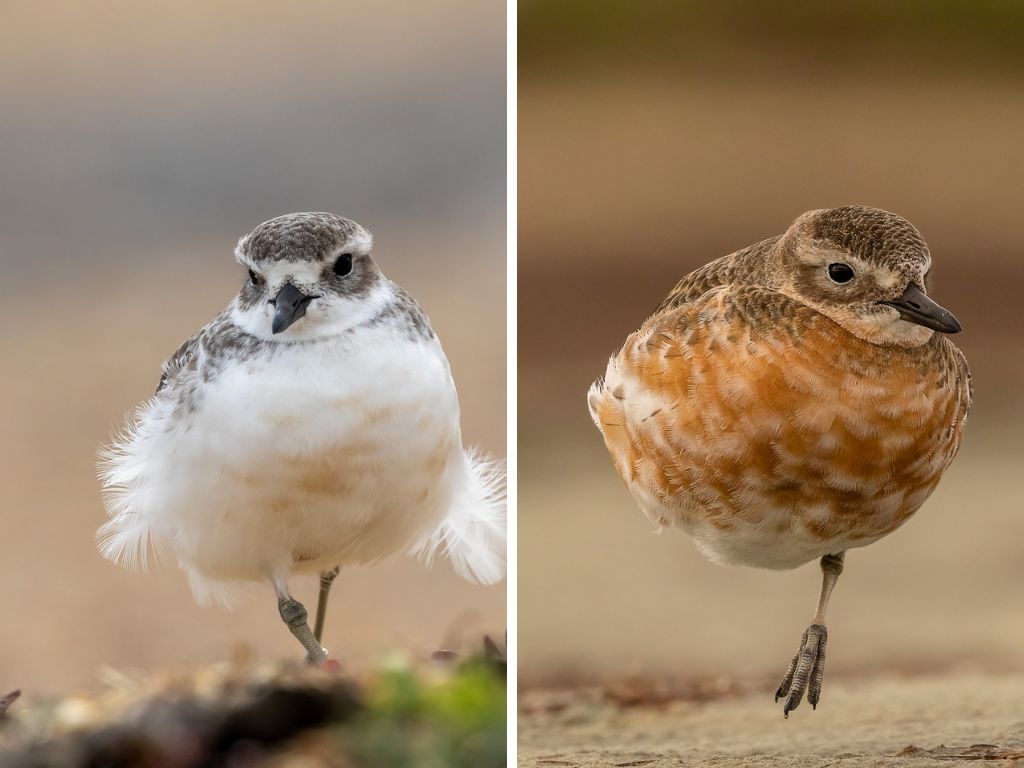
Feral cats are building an impressive rap sheet on the island: in the 1970s, kākāpō were urgently relocated to predator free offshore islands, while pāteke (brown teal) weren’t so lucky, disappearing from the island forever.
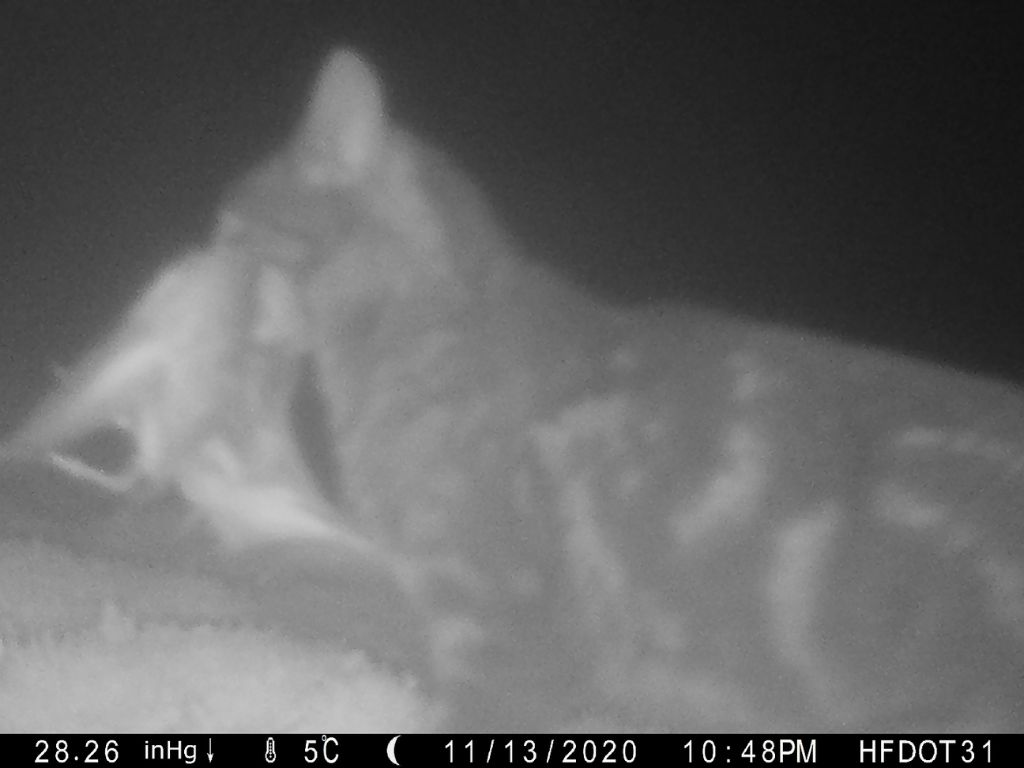
“They [dotterels] should live to be 20 to 30 years, but on average, they don’t live to be more than four or five years due to feral cat predation,” Daniel says.
“It’s one of the tougher parts of the job, seeing birds you know well and are familiar with, seeing them disappear.
“Looking after a species so close to extinction is pretty hard on the mental health.
“We need to be out there as much as we can and protect the birds. We are the last stand at saving these birds from extinction, and we have to keep going no matter what,” Daniel says in Underbirds.
300 birds is the goal
Spanning 60km of rugged terrain, the trap network stretches across the northern part of the Tin Range.
A predator-proof fence isn’t an option, as brutal weather would flatten it.
Instead, the rangers push through exhaustion, weather and isolation, knowing that each trap and every predator removed could mean the difference for the birds.
The recovery team found 18 nests in the 24/25 season, up from 12 last year. Ten of the nests are within the predator control area.
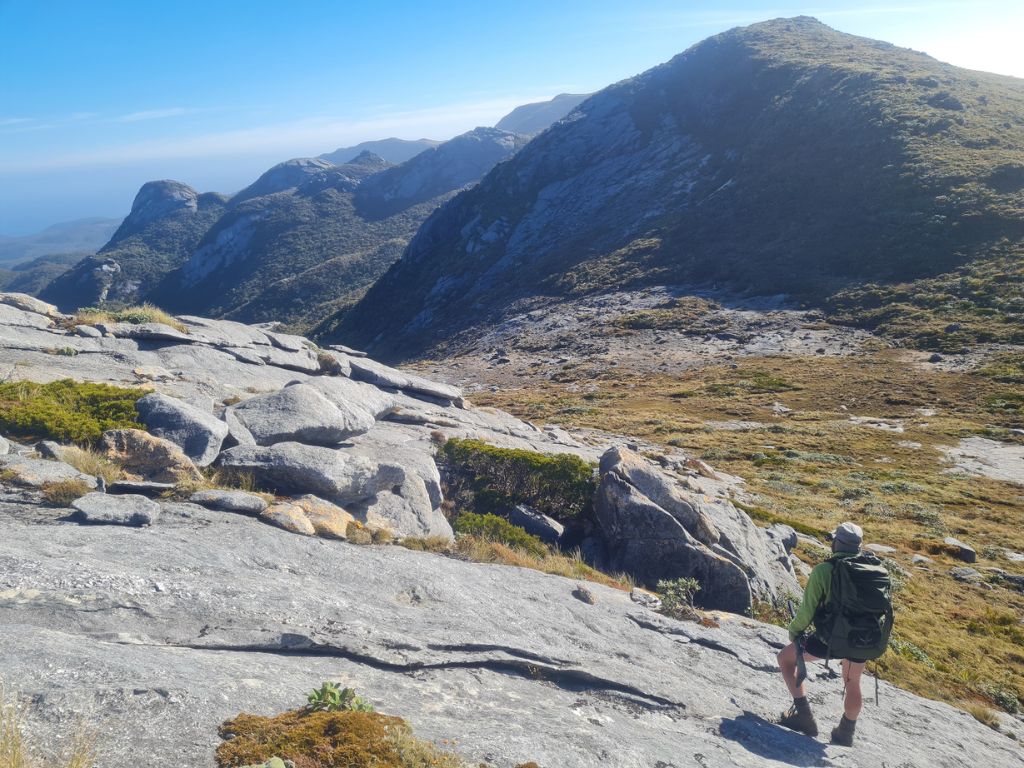
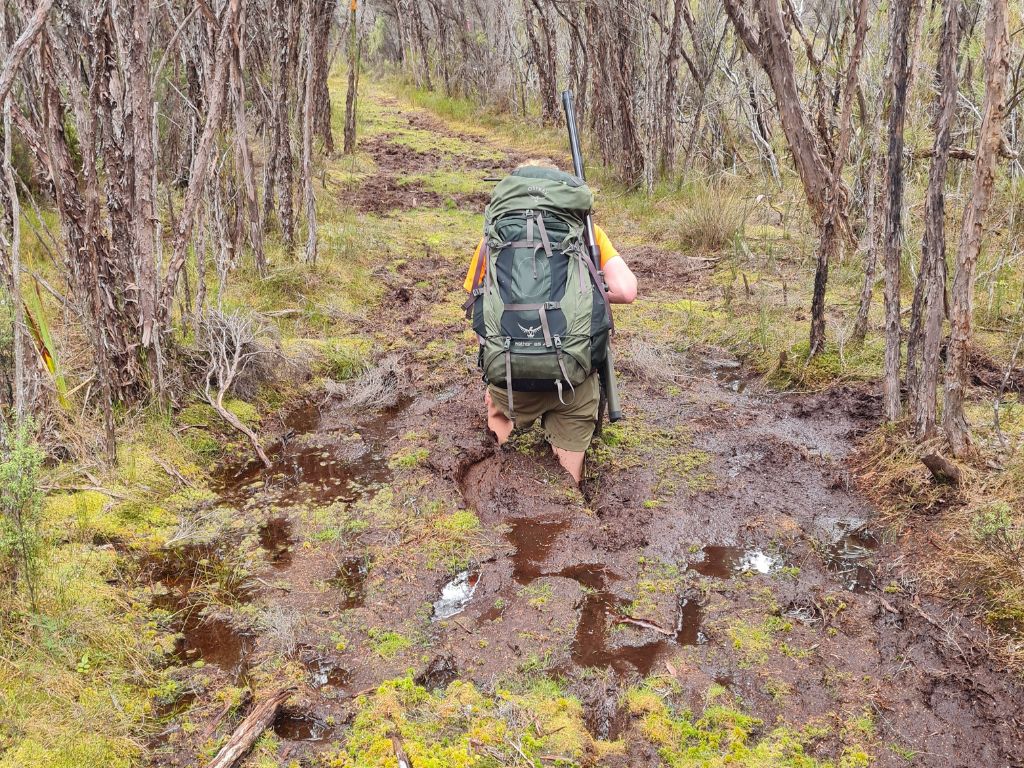
Lead ranger Guy McDonald says what keeps him going is seeing positive outcomes when you put in a lot of work.
“When you’ve been trapping hard and doing everything you can to try to make one nesting attempt successful.”
It doesn’t seem like much, but the goal is to have 300 birds by 2035.
The birds themselves are resilient. They have to be.
Nesting on the Tin Range means enduring unpredictable and violent weather. Westerly winds roar across the exposed tops with such force that standing upright is sometimes nearly impossible.
The population dipped to an all-time low of 62 in the 1990s due to feral cats, bouncing back up to 290 birds in 2009.
Since then, they have been in a steady decline. Up to 50 birds died in 2023 due to higher-than-average rat numbers, which fueled higher numbers of feral cats.
Saving the birds comes down to funding and staff capability for the Department of Conservation.
“There are still large areas of breeding sites where we don’t have traps or manpower to service those traps,” says Guy. But if the predators can be kept in check, he believes the goal of a healthy population is within reach.
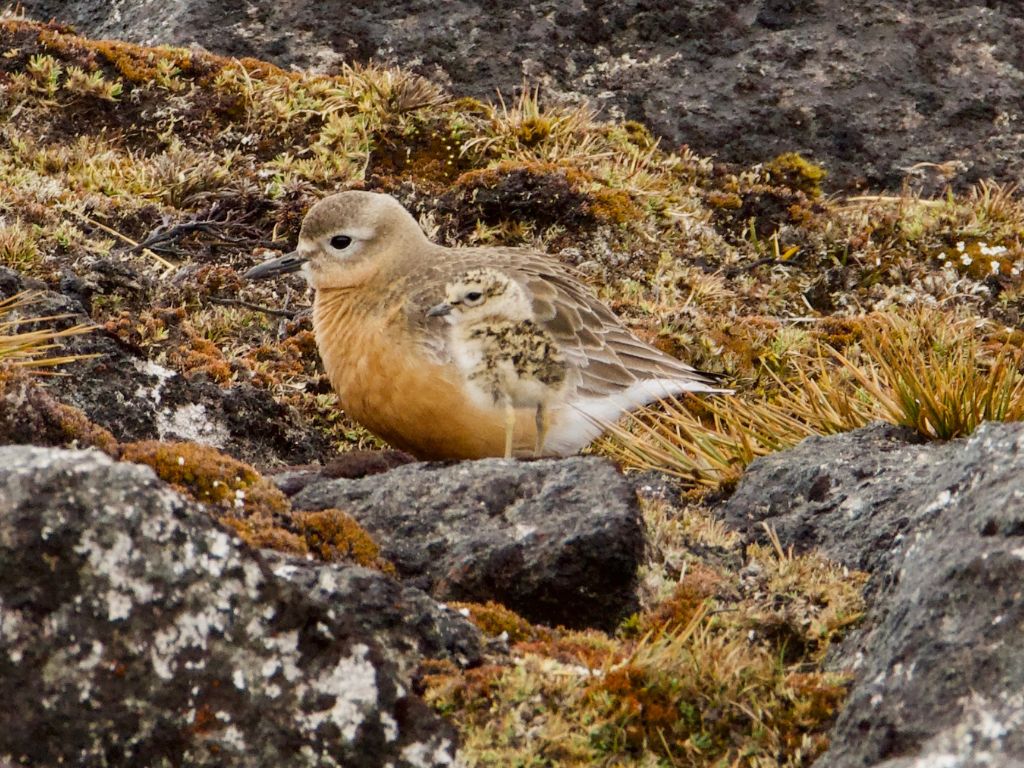
Underbirds are go
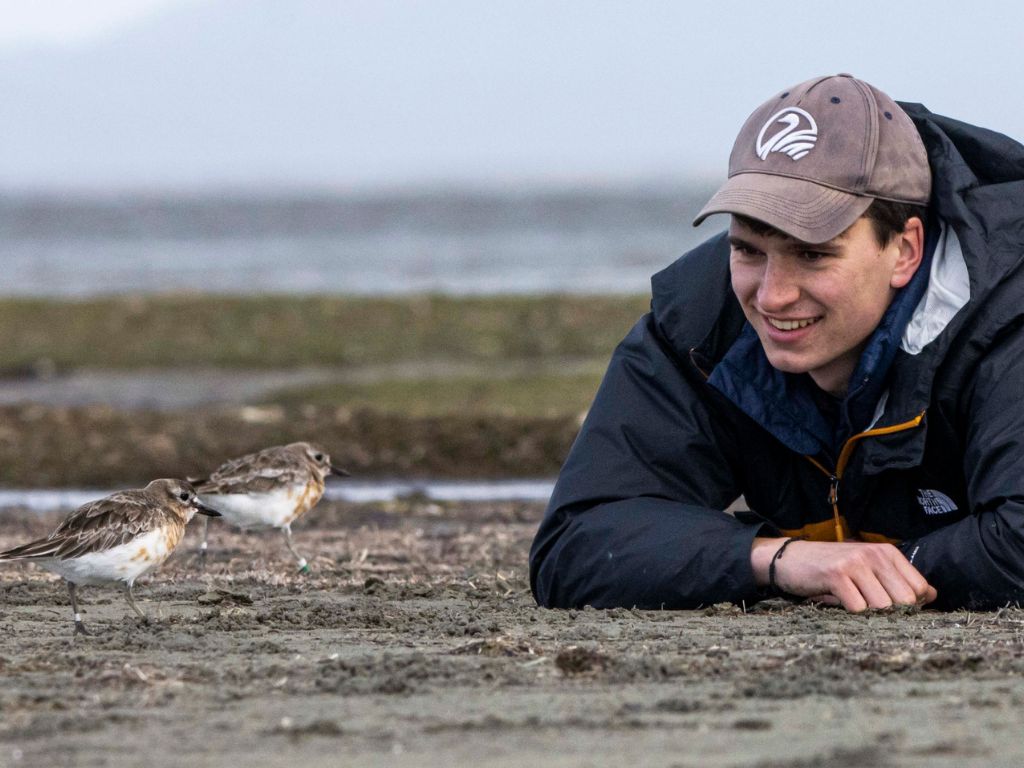
The story of pukunui reached a broader audience last year through the Otago University student film Underbirds: The Fight for the Southern New Zealand Dotterel.
New Zealand Nature Fund launched a major fundraising campaign for DOC in 2023. More than $400,000 has been raised from private donors and philanthropists motivated to save the plucky birds.
That funding is now being used to cut tracks in and around the birds’ breeding areas, build bivvies so the DOC team can stay longer in remote areas, and increase satellite tracking of the birds.
Daniel and the other rangers were “blown away” by the public response, which gave them a lot of hope.
The mission is clear: get the southern NZ dotterel population higher before it’s too late.
Donations to the NZ Nature Fund to support the southern NZ dotterel team are still being accepted. A larger project to eradicate all major pest species from Rakiura is also underway.

